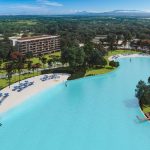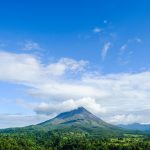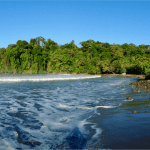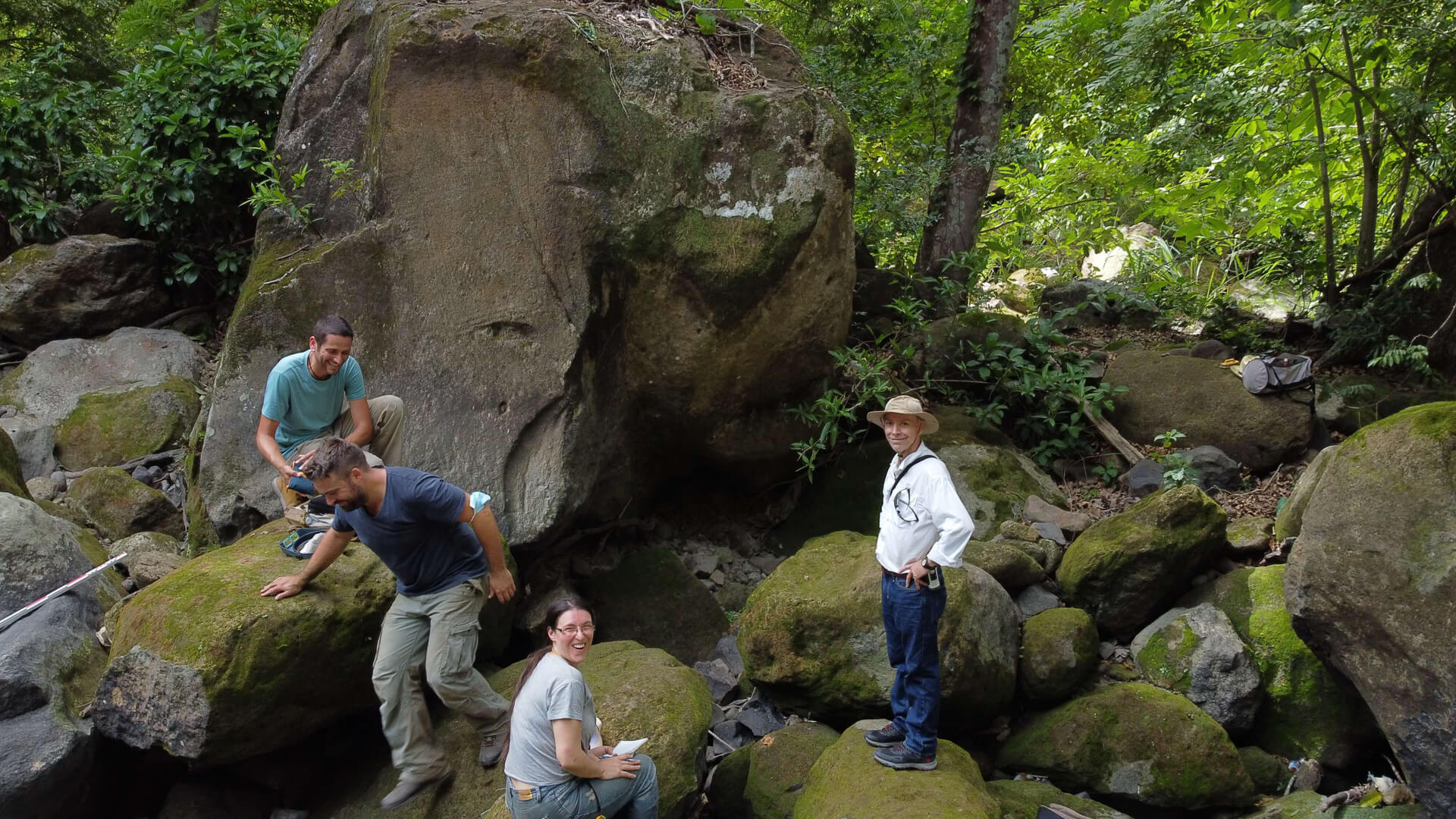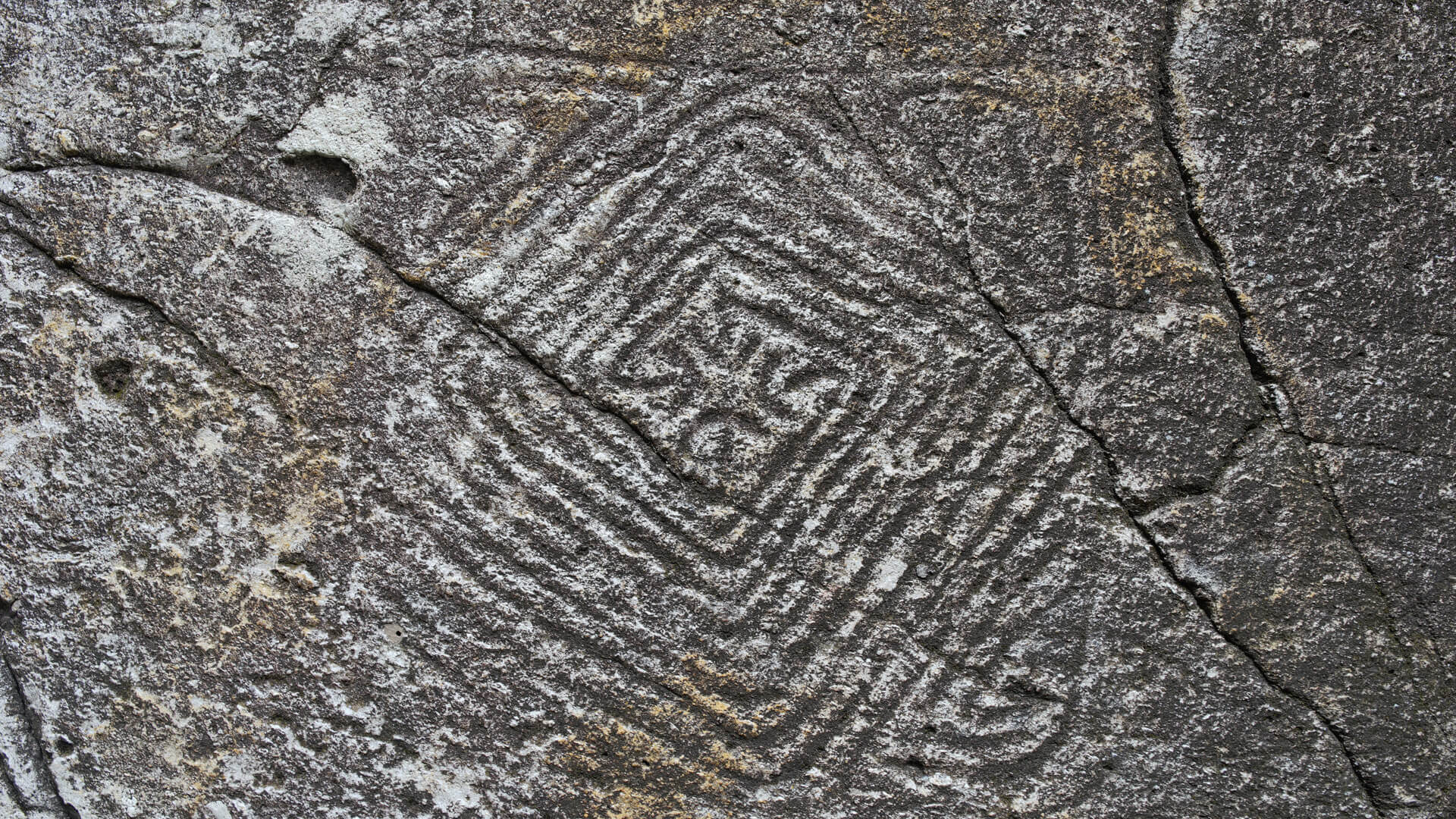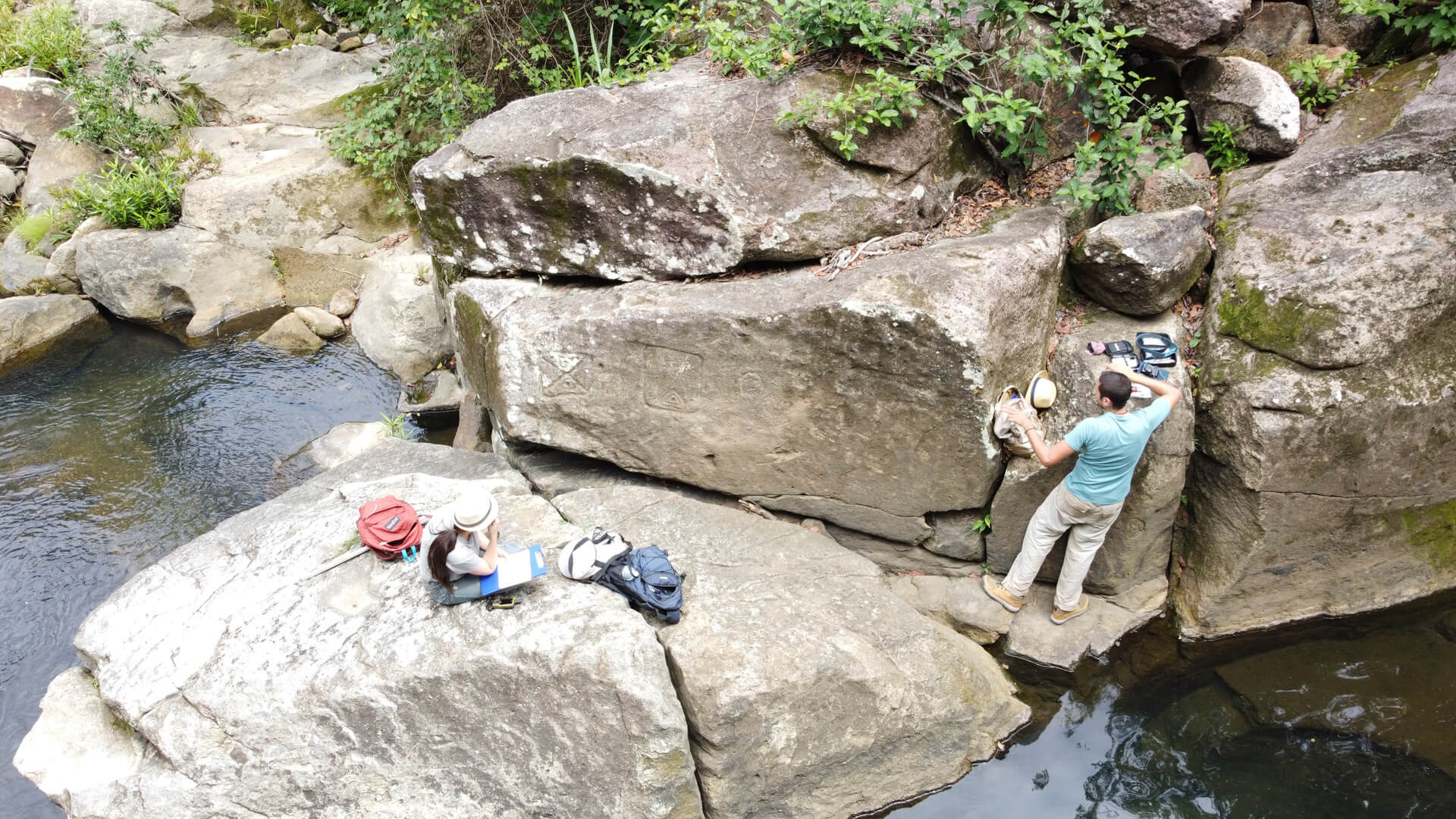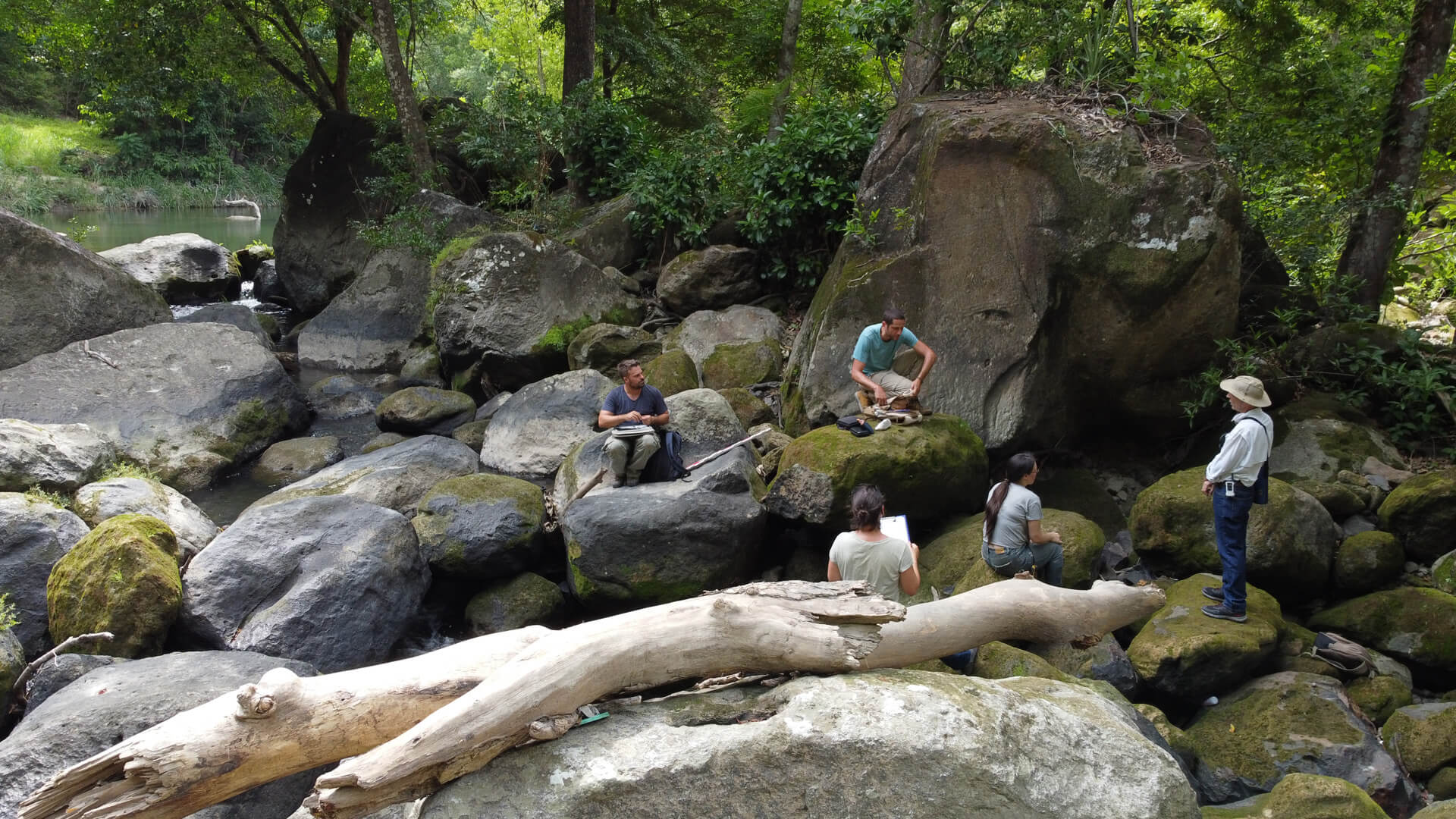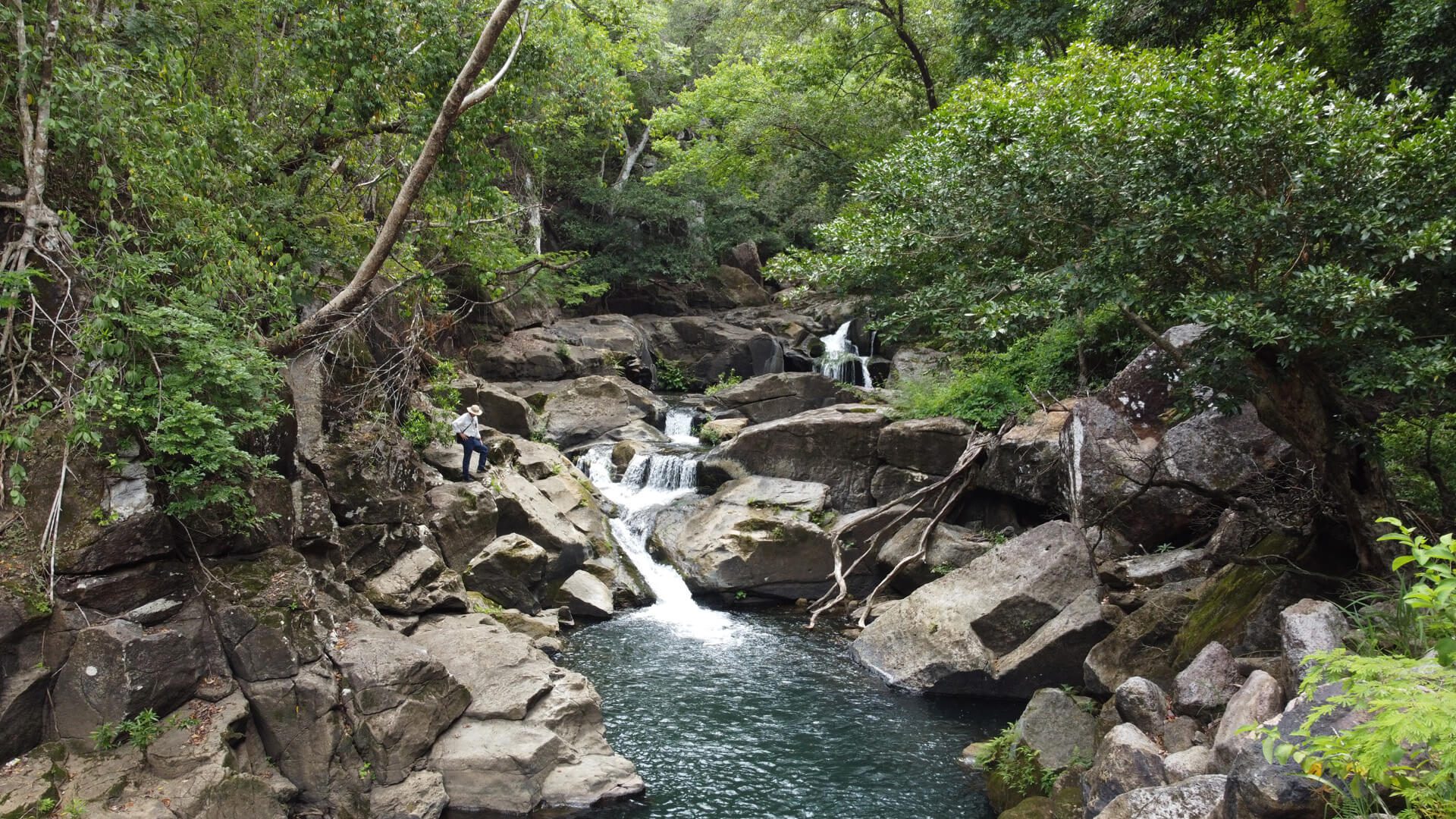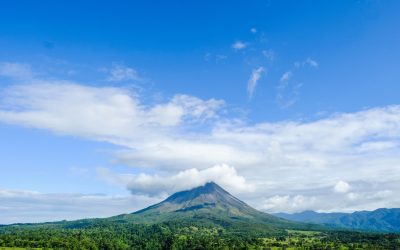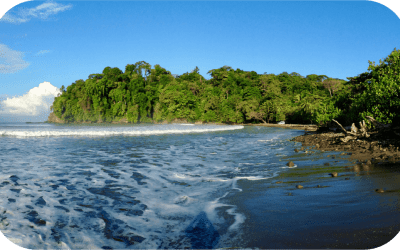A groundbreaking archaeological project at the Eco Canyon in Ciudad Nya, led by the Museo del Banco Central de Costa Rica, has revealed an extraordinary discovery in the heart of Guanacaste, Costa Rica. This initiative, conducted in collaboration with leading national and international experts, has unearthed petroglyphs dating back over 2,500 years, a time believed to coincide with the rise of early Mayan civilizations.
A Historic Discovery in Guanacaste’s Eco Canyon
The newly discovered petroglyphs provide a fascinating glimpse into ancient civilizations of Central America. Since the find, specialized teams have expanded their research across Guanacaste, exploring areas rich in historical and geological significance. Regions near Liberia, Cañas, Tilarán, and Bagaces, known for their volcanic landscapes, have yielded additional evidence of the area’s vibrant history.
These petroglyphs are more than ancient carvings—they are windows into the lives, beliefs, and practices of early societies that once thrived in northern Costa Rica. But what exactly are petroglyphs?
Understanding Petroglyphs: Messages from the Past
Petroglyphs are ancient carvings or engravings made directly onto rock surfaces. Unlike hieroglyphs, which form a structured written language, petroglyphs often depict symbols, objects, and ideologies rather than a codified script. Created with simple tools such as stone chisels and hammerstones, the carvings expose the lighter rock beneath, resulting in intricate designs that have endured for millennia.
The petroglyphs at Ciudad Nya stand as a testament to the creativity and ingenuity of ancient societies. These engravings provide invaluable insights into the cultural and artistic expressions of their creators, offering a new perspective on the rich history of Guanacaste.
Guanacaste: A Crossroads of Ancient Civilizations
The Isthmus of Panama, a natural land bridge connecting North and South America, has played a pivotal role in shaping the development of cultures in Central America. By 800 AD, the region had become a thriving hub of cultural exchange, with tribes from the south migrating northward and Mayan communities expanding southward.
The findings at Ciudad Nya suggest that northern Guanacaste may have been a significant center of ancient civilization. These discoveries are just the beginning of piecing together the puzzle of how these early societies lived, communicated, and connected with their environment.
Global Collaboration Brings Ancient History to Light in Guanacaste
The groundbreaking archaeological work in Guanacaste, Costa Rica would not be possible without the unwavering dedication and financial support of organizations from around the world. The Proyecto Arqueológico Guanacaste (PRAG) is backed by prestigious institutions, including the Institut Français d’Amérique Centrale (IFAC), the Laboratoire d’Archéologie des Amériques (ArchAm, UMR 8096), the Museos del Banco Central de Costa Rica (MBCCR), the Área de Conservación Guanacaste (ACG), the Rheinische Friedrich-Wilhelms-Universität Bonn (Department of Ancient American Studies), and the Deutsche Altamerika Stiftung (DAS).
Additionally, key partners such as the Museo Nacional de Costa Rica, the Centro de Estudios Mexicanos y Centroamericanos (CEMCA), and the Institut National de Recherches Archéologiques Préventives (INRAP) have played vital roles in the success of these archaeological endeavors.
Ciudad Nya: A Treasure Trove of Culture and Nature
With the recent discovery of 2,500-year-old petroglyphs in the Eco Canyon, Ciudad Nya has once again demonstrated its unique value as both a historical and ecological treasure. Nya offers an unparalleled opportunity to explore the rich cultural heritage of Costa Rica, surrounded by a world-class community and the breathtaking natural beauty of Guanacaste.
Whether you’re a history enthusiast, a nature lover, or an investor seeking a unique location, Ciudad Nya stands as a shining example of how archaeology, conservation, and modern living can coexist harmoniously.


